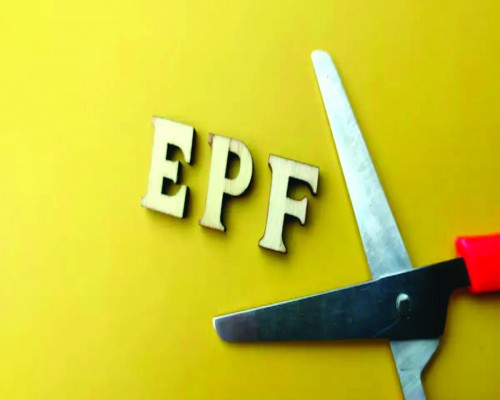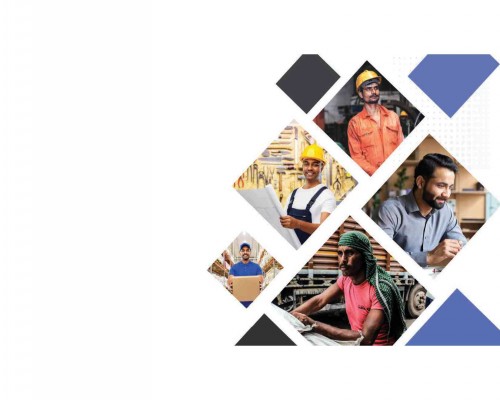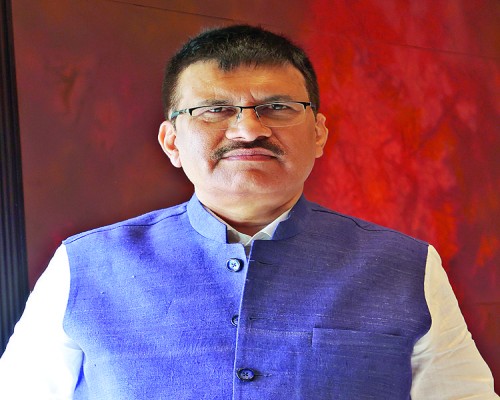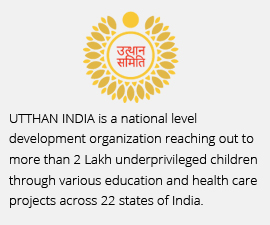Making the Dragon and Elephant Dance Together Once Again

Himadrish Suwan
(Chairman of the Confederation of Young Leaders of India)
India and China, as ancient civilisations and modern powerhouses, share a collective responsibility in shaping the destiny of the 21st century, often heralded as the Asian Century. Our nations are uniquely positioned to drive global change with a combined population of 2.8 billion—nearly one-third of humanity. When the dragon and elephant dance harmoniously, the rhythm resonates far beyond Asia, inspiring a world yearning for peace, prosperity, and sustainable development.
The historical ties between India and China are profound, stretching back to the days of the Silk Road and the spread of Buddhism. These connections remind us of an era when our civilisations worked together to advance trade, philosophy, and culture, laying the foundations for global interconnectedness. In the present day, this legacy calls for a renewed commitment to cooperation, particularly as our nations navigate complex global challenges like climate change, economic volatility, and geopolitical uncertainties.
A strong and harmonious relationship between India and China requires both nations to understand each other’s sensitivities and respect each other’s core interests. Differences are inevitable in any relationship but must be managed with maturity, dialogue, and a commitment to long-term stability. Indian External Affairs Minister Dr. S. Jaishankar aptly outlined three principles of mutuality to guide this relationship: mutual respect, sensitivity, and mutual interest. These principles emphasise the need to remain sensitive to each other’s aspirations and prioritise areas of shared benefit over discord.
As Indian Prime Minister Narendra Modi has remarked, “A closer partnership between India and China will help shape a better and brighter future for the entire region and beyond.” This vision underscores the vast potential for collaboration between the two nations, not just for their benefit but for advancing global peace and prosperity.
A robust partnership between India and China hinges on fostering people-to-people and cultural exchanges. We can overcome stereotypes and deepen mutual understanding by building trust through shared artistic endeavours, academic collaborations, and youth dialogues. Platforms enabling both nations' youth to engage meaningfully—such as the China-India Youth Dialogue—can serve as vital channels for nurturing goodwill and preparing the next generation of leaders to prioritise collaboration over competition.
The combined voice of 2.8 billion people carries immense weight in global forums. Together, India and China can champion issues such as climate justice, equitable economic growth, and technological innovation, setting the tone for a more inclusive and multipolar world order. Cooperation in emerging fields like artificial intelligence, green technologies, and digital governance offers a path toward shared prosperity, ensuring that the benefits of innovation reach the broader global community.
As two of the world’s largest economies, India and China are morally obligated to act as custodians of global stability. By respecting each other’s core interests, embracing the three mutual principles, and building trust, both nations can transform areas of divergence into opportunities for collaboration. The Asian Century will not be realised through the dominance of one country over another but through the harmony and partnership of its leading civilisations.
The dragon and elephant, when they dance together, do not just uplift Asia—they inspire the world. India and China can redefine global leadership for a better and more inclusive future by uniting our strengths, amplifying our shared voice, and embracing our ancient wisdom.






















